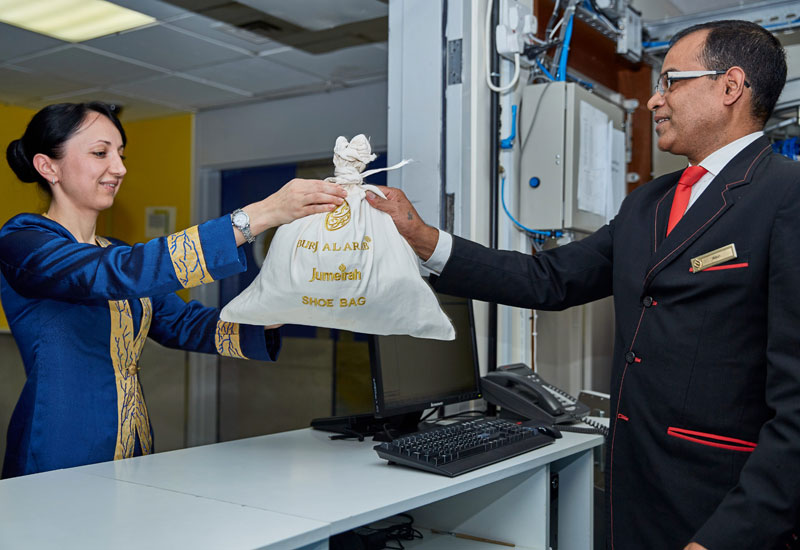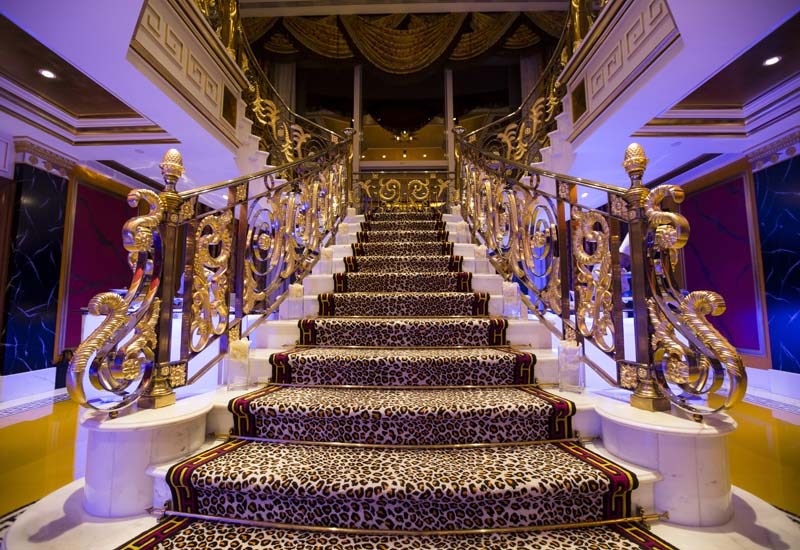The five-star Burj Al Arab property in Dubai has launched a new laundry system from Hiemac that has improved the uniform distribution process, making itsmoother, more efficient and easier to manage.
It offers a functionality that enables the colleagues to access their uniforms 24/7, and for the hotel to track the uniforms for better administration. The Hiemac Electronic Wardrobe went live in July 2015, and since then has helped departments from housekeeping to procurement with operations.
The rationale and objectives
Until this system was implemented, Burj Al Arab executive housekeeper Una Lydon says the entire process was manual. This meant every time a colleague wanted to check out their uniforms, the information was written by one of four team members at the uniform centre.
Lydon says: “We had little index cards, histories of all the uniforms. We used to close the centre by 11 pm, so the colleagues could not get their uniforms or return them at certain times of the night.”

| Advertisement |
In 2013, the team started looking at options to ease the burden, and planned for it in 2014’s budget. The objective was to make the system easier to use, allow colleagues to access their uniforms conveniently, and also to control costs associated with administration and labour.
The Australian vendor, Hiemac, was chosen and local supplier Prologic implemented the system in Dubai.
The concept and investments
While the team declined to share the financial investment into the project, Lydon claims that the hotel is the first in the region to have the fully automated Hiemac system. While other properties and companies use the rack system, the Burj Al Arab has also installed the wireless mechanism as an add-on.
Prologic’s team came on-site to carry out training for employees who would use the system. Every uniform had to be tagged with an RFID, specially encoded with every employee’s ID number. These were sewn on by the housekeeping attendants, who worked for one month to sew on RFID tags onto every single piece of uniform, and the data on every tag was inputted into the software.
Lydon adds: “We had to have engineering and IT involved as well. It was a collaboration to get everything up and running. It’s good for the environment as well — we’re not throwing paper anymore.”










 Search our database of more than 2,700 industry companies
Search our database of more than 2,700 industry companies









